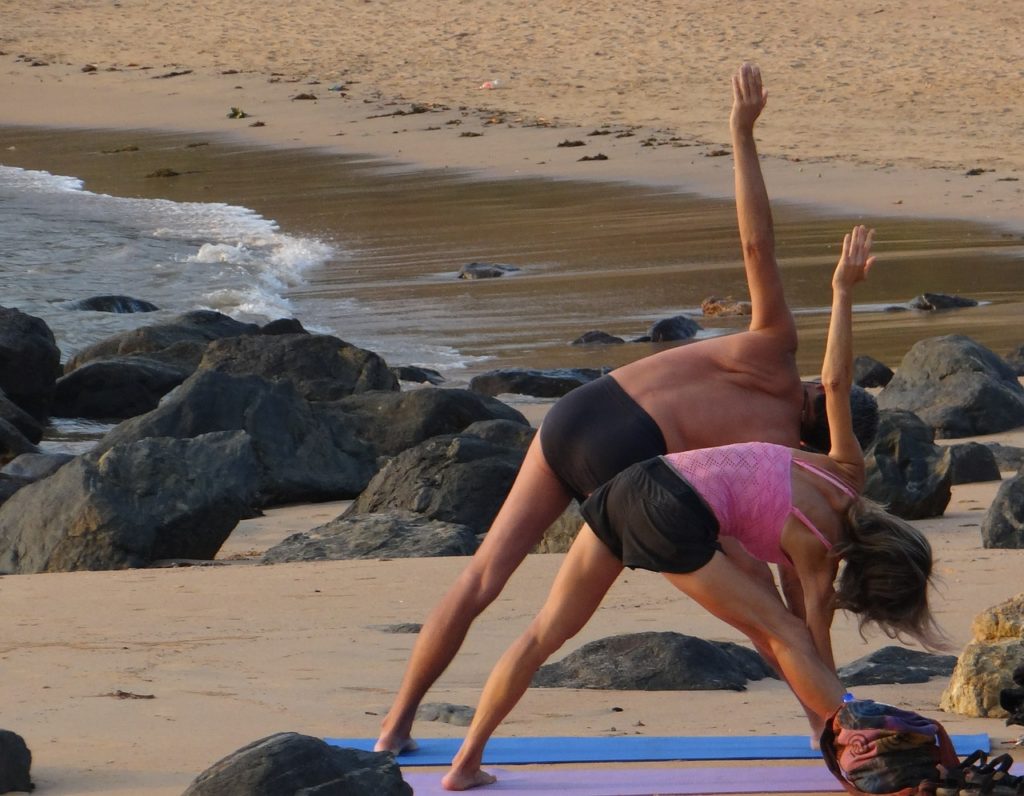
Frequency of Falling Injuries
Slip and falls account for 32% of all reported emergency room visits in Canada. This, according to Canadian Institute for Health Information (CIHI). Slip and fall lawyers, the most common type of falls resulting in injury were slipping, tripping and stumbling.
Hip fracture was the most common injury, responsible for almost 32,000 hospital stays in 2016-2017. The next most common injuries were fracture of the lower leg including ankle and head injuries.
Types of Physical Injuries
Traumatic slip and fall injuries can be classified as chronic, occurring for longer than 3 to 6 months, or acute, occurring suddenly due to a trauma like a fall, stumble, slip, trip, crushing injury, etc.
A group of symptoms which occur together over time include chronic pain syndrome, myofascial pain syndrome and thoracic outlet syndrome. Slip and fall lawyers can explain how these injuries are treated differently than car accident injury claims. Pain syndromes are considered minor injuries by ICBC for auto accidents. The ICBC minor injury definition does not apply to slip and fall claims.
Physical injuries are either open, the skin has been compromised and underlying tissues are exposed, or closed, the skin has not been compromised, but trauma to underlying structures has occurred.
Acute injuries have eight general categories:
- Abrasions, also called scrapes, occur when the skin is rubbed away by friction against another rough surface (e.g. falling on open hands).
- Avulsions Occur when an entire body structure or part of it is forcibly pulled away, such as the loss of an arm or ear lobe. When tendons, nerves, and bones are exposed due to an injury this is referred to as degloving.
- Contusions Also called bruises, are the result of a forceful trauma that injures an internal structure without breaking the skin. Blows to the head in a slip and fall can cause contusions.
- Crush wounds Occur when a heavy object falls onto a person, splitting the skin and shattering or tearing underlying structures. A store display or a falling object can produce crush wounds.
- Cuts Slicing wounds are made with a sharp instrument, leaving even edges. They may be as minimal as a paper cut or as significant as a surgical incision.
- Lacerations produce ragged edges, tearing and separating wounds. Produced by a tremendous force against the body. Lacerations occur either from an internal source or from an external source like slipping and falling on uneven pavement.
- Missile wounds,caused by objects entering the body at a high speed, can be deadly.
- Punctures Deep, narrow wounds produced by sharp objects such as nails, knives, and broken glass.
In a typical slip and fall lawsuit it will be important to outline the injury. Also, ensure you have expert opinion connecting chronic symptoms with the original falling injury. Talk to a slip and fall lawyer for a free consultation right away.
